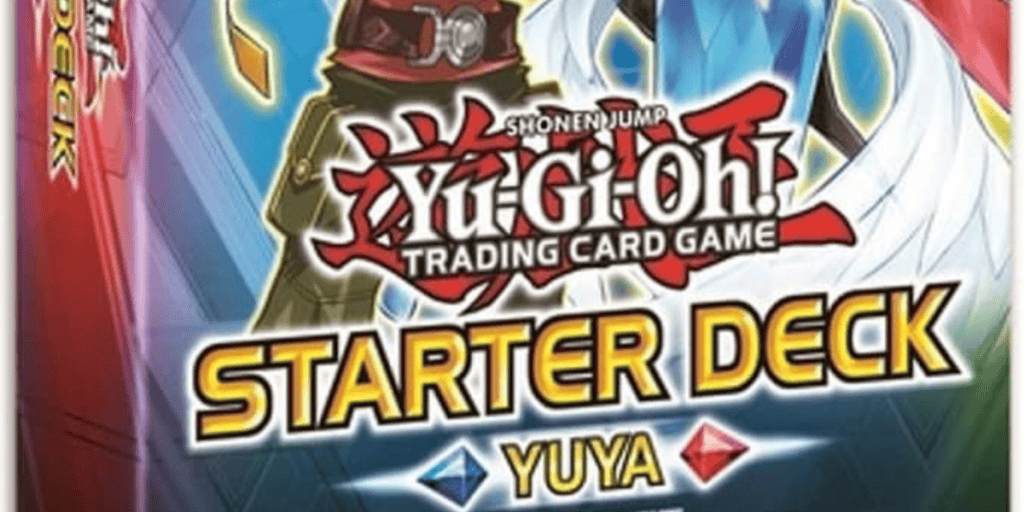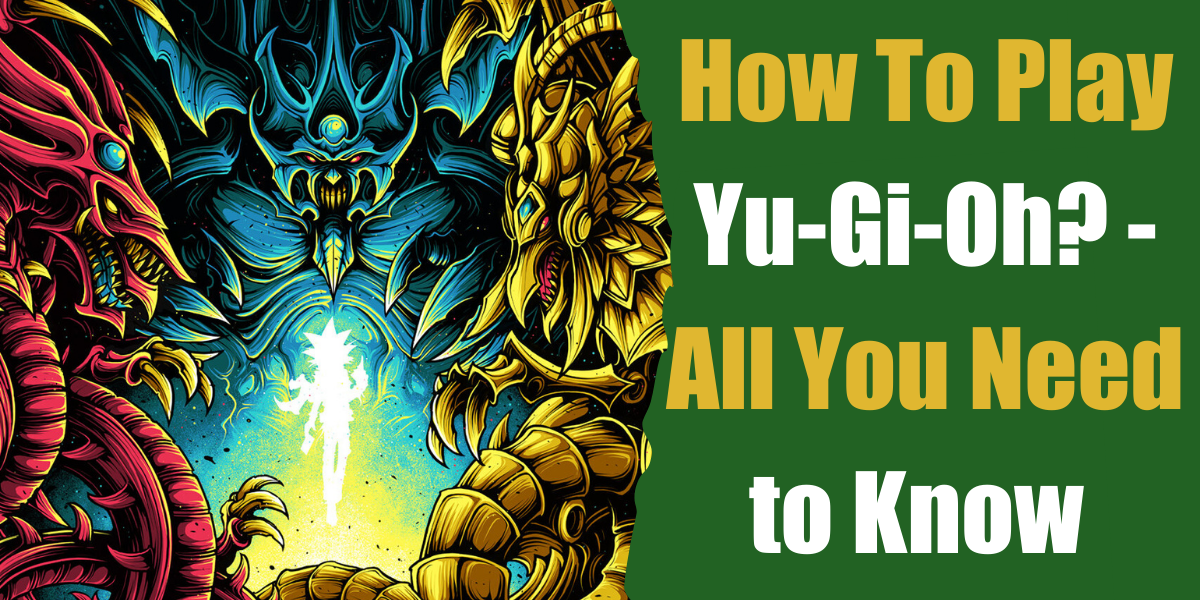If you were a child or teenager through the later 90s or 2000s, you likely heard of Yu-Gi-Oh. The famous manga series about card-battling became a massive hit in the west after its animated TV show was adapted.
In a show based around a trading card game, it didn’t take long for the game itself to become hugely popular. To date, it’s estimated that over 35 billion cards have been sold. While the show and manga might not be as popular these days, the card game still has plenty of fans worldwide.
What is the Yu-Gi-Oh Card Game?

Few games can rival the Pokemon Trading Card Game, but one such challenger is Yu-Gi-Oh. Both games share a friendly rivalry, and while they might sound similar, they both play quite differently.
While it was initially targeted towards children nowadays, people of all ages play Yu-Gi-Oh. The game can seem confusing, but things are more straightforward than you might first think when you break it down.
Like many deck-building games, Yu-Gi-Oh is played in phases. First, each player draws five cards from their deck, and then they can take any non-combat action. You can do many different things during this turn, which we’ll outline in the rules section below.
Once this is done, you can start your combat phase; this utilizes the attack and defense stats on your cards. During the end phase, some cards can activate specific end phase effects. To win Yu-Gi-Oh, you need to destroy all your opponent’s monsters, which requires strategy and planning.
Like all deck-building games, choosing the right cards are very important. However, mastering a game like Yu-Gi-Oh and developing a winning strategy can take time and practice. So, let’s take a look at what you’ll need to play the Yu-Gi-Oh card game.
What You’ll Need To Play?
Okay, this is where things can certainly seem a little overwhelming. There are many different Yu-Gi-Oh card decks you can choose from; many are based on specific themes or battle styles, and knowing which to choose can be pretty tricky.
That’s we recommend opting for a starter deck. Since Yu-Gi-Oh is a very long-running game, there are plenty of starter decks to choose from too. The 2016 starter deck would make a good option for new players.
If you’re looking for something a little newer, then the New Challengers Starter Deck could be a good choice. You can also opt for booster packs to add new cards to your deck as well. Now once you’ve got your cards, you can begin playing!
Rules and Gameplay

The Aim of The Game
Yu-Gi-Oh certainly has a learning curve to it, but just like Poker, the game isn’t as complicated as you may first think. With time and practice, you’ll soon be dueling with the best of them! But, of course, you need to eliminate all your opponent’s monster cards first to win.
To do this, you’ll have to use a combination of different cards. You won’t just be hitting each other’s monsters one at a time. You’ll need to use other cards to trap your opponent and boost your card’s effects.
To help outline how the game works before we jump into the rules and set-up guide, we’ll first go over the different card types you need to know.
The Card Types
Cards in Yu-Gi-Oh can be sorted into three main categories trap cards, spell cards, and monster cards. Monster cards come in many different forms and have other attributes that give them specific strengths and weaknesses.
Knowing when and how to use your spell cards can make a big difference in your game. Spell cards can boost your monsters and spread other positive effects to your cards. Or they can negatively impact your opponent in some way.
Finally, we have Trap cards; these are essentially stronger versions of Spell cards and can turn the tide of battle in your favor. However, Trap cards need to be activated and can only be used if specific conditions are met.
The Set-Up
Players should be sat opposite each other and take the top five cards from their deck. Decks should be well-shuffled before play. Each player should place their five cards down in front of them.
This begins the standby phase; certain cards may activate special abilities/effects during this phase. Once this is done, you can start your main phase. This is where you carry out any non-combat actions.
This can be using spell cards, setting up trap cards, or summoning monsters. You can also set up monster cards in either attack or defense. An attack position is face-up while the defense is face-down. The second part of the primary phase is the battle phase of your turn so let’s go over how it works.
The Duel
Battling in Yu-Gi-Oh takes two forms; you can either attack a card in defense or the attack position. This uses the attack stat on both cards; if you are more robust, you destroy the monster; if your stats are equal, both cards are destroyed; if you are weaker, your card is destroyed.
The same rules apply for attacking a defense monster, but the defensive stats are used instead of the attack one. Another thing to remember is that summoning higher-level monster cards will require a sacrifice.
Don’t worry; this just means you have to discard a card to summon it. Each monster will have a level assigned to it. Monsters up to level four will require no sacrifices, but monsters at a higher level will need you to discard a card to summon them.
The End Phase
Once you’ve completed your attack, the end phase takes place. Certain cards may activate effects during this part of the game. Once you’ve completed your turn, your opponent takes their turn. The game is over when one player loses all their monsters.
Yu-Gi-Oh – The Famous Battling Card Game
Yu-Gi-Oh is a great two-player card game with plenty of room for you to get creative and build your unique deck. The game requires patience and practice, but once you get the basics down, you’ll be sure to have plenty of fun.



